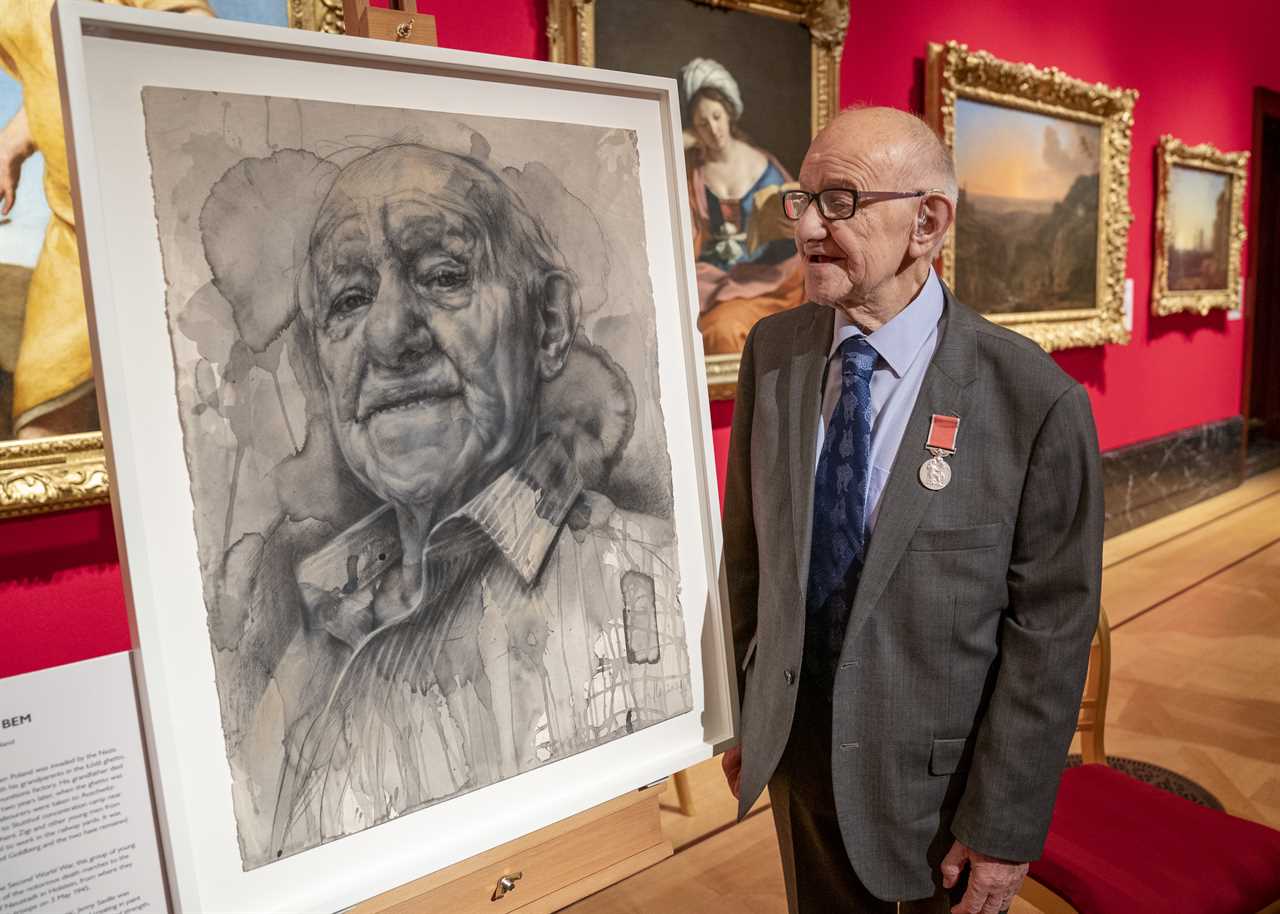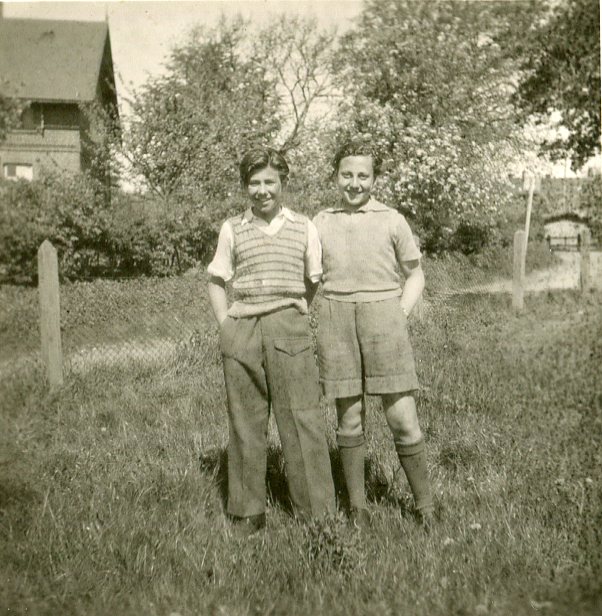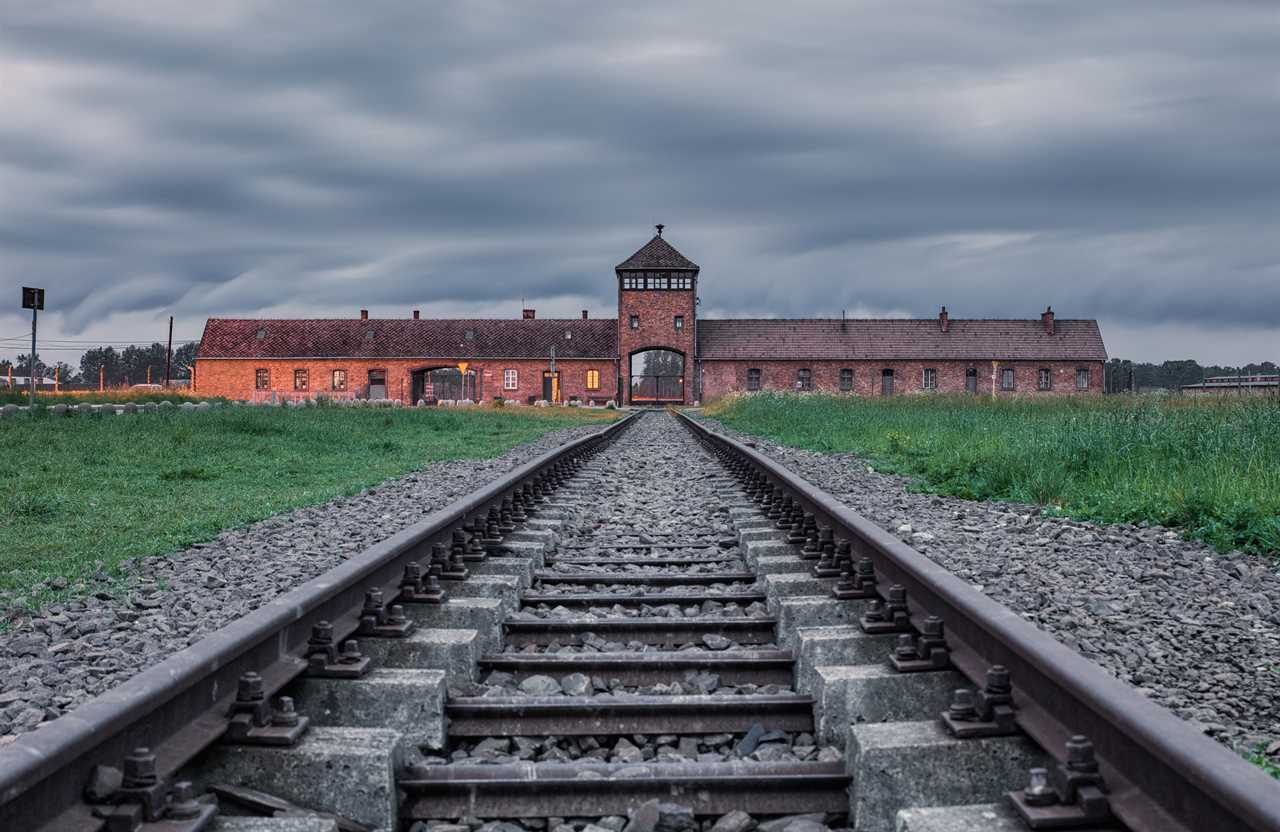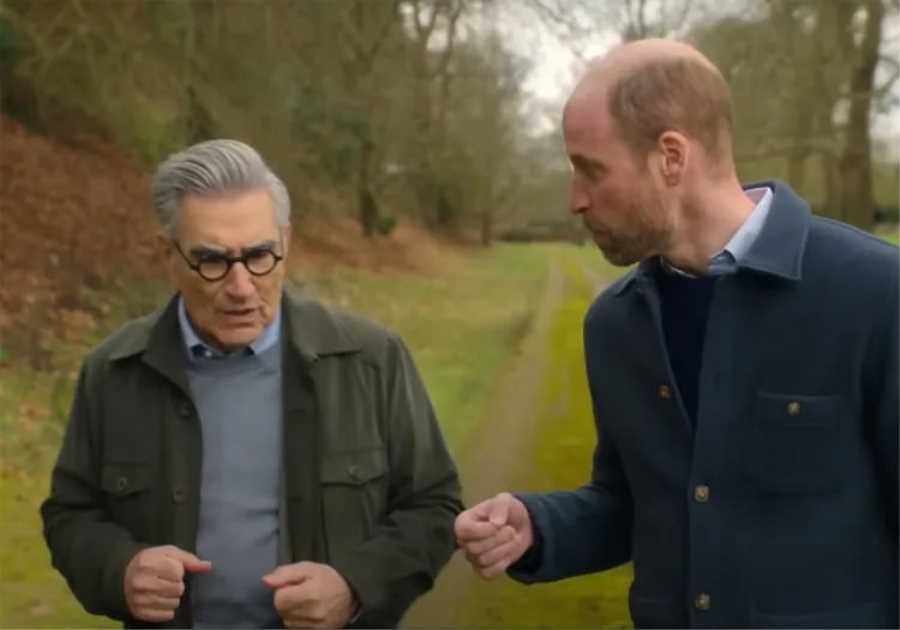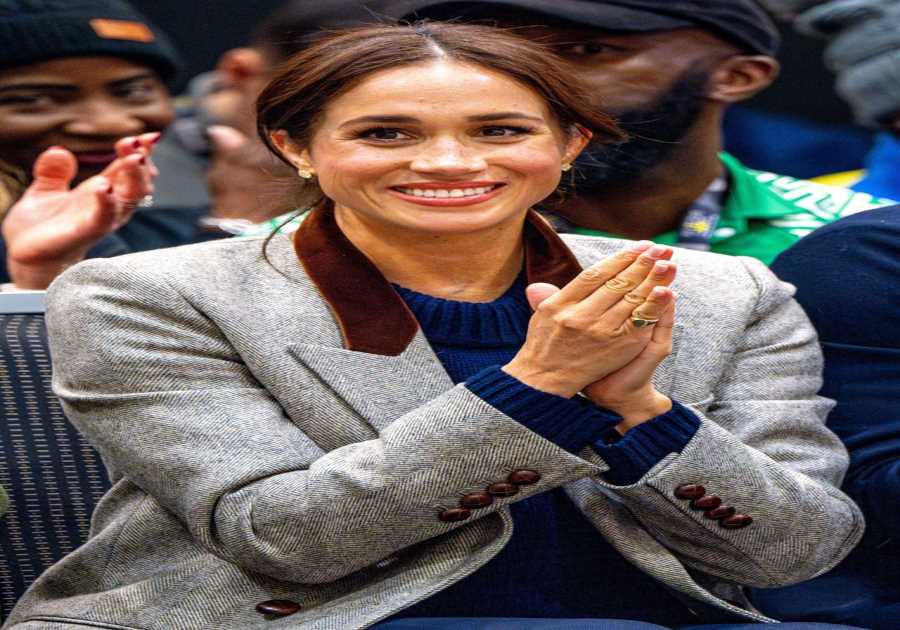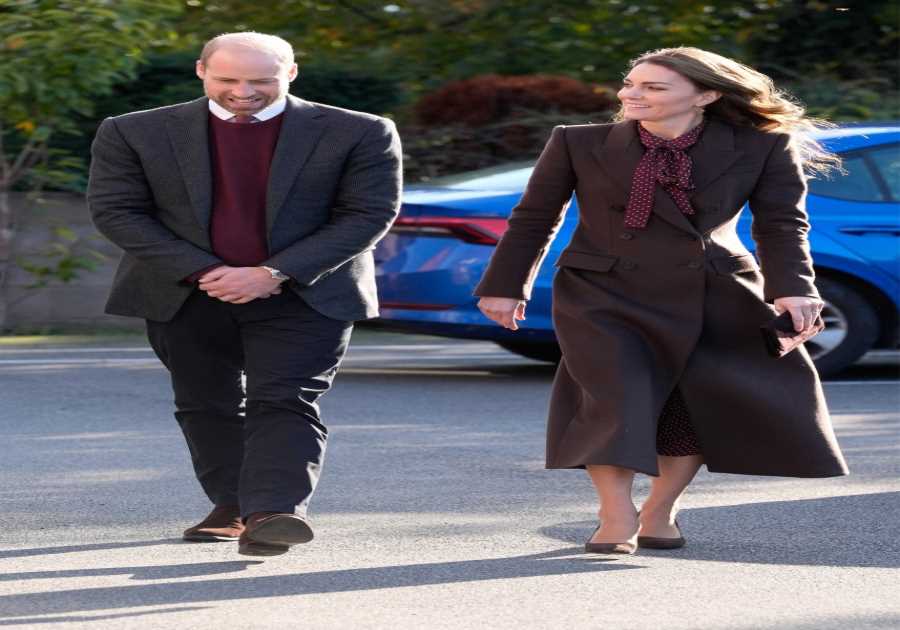PRINCE Charles met seven Holocaust survivors after portraits he commissioned of them to mark Holocaust Memorial Day today were unveiled at Buckingham Palace.
Among them was Lily Ebert, 98, who was sent to Auschwitz in 1944 along with her mum and five siblings.
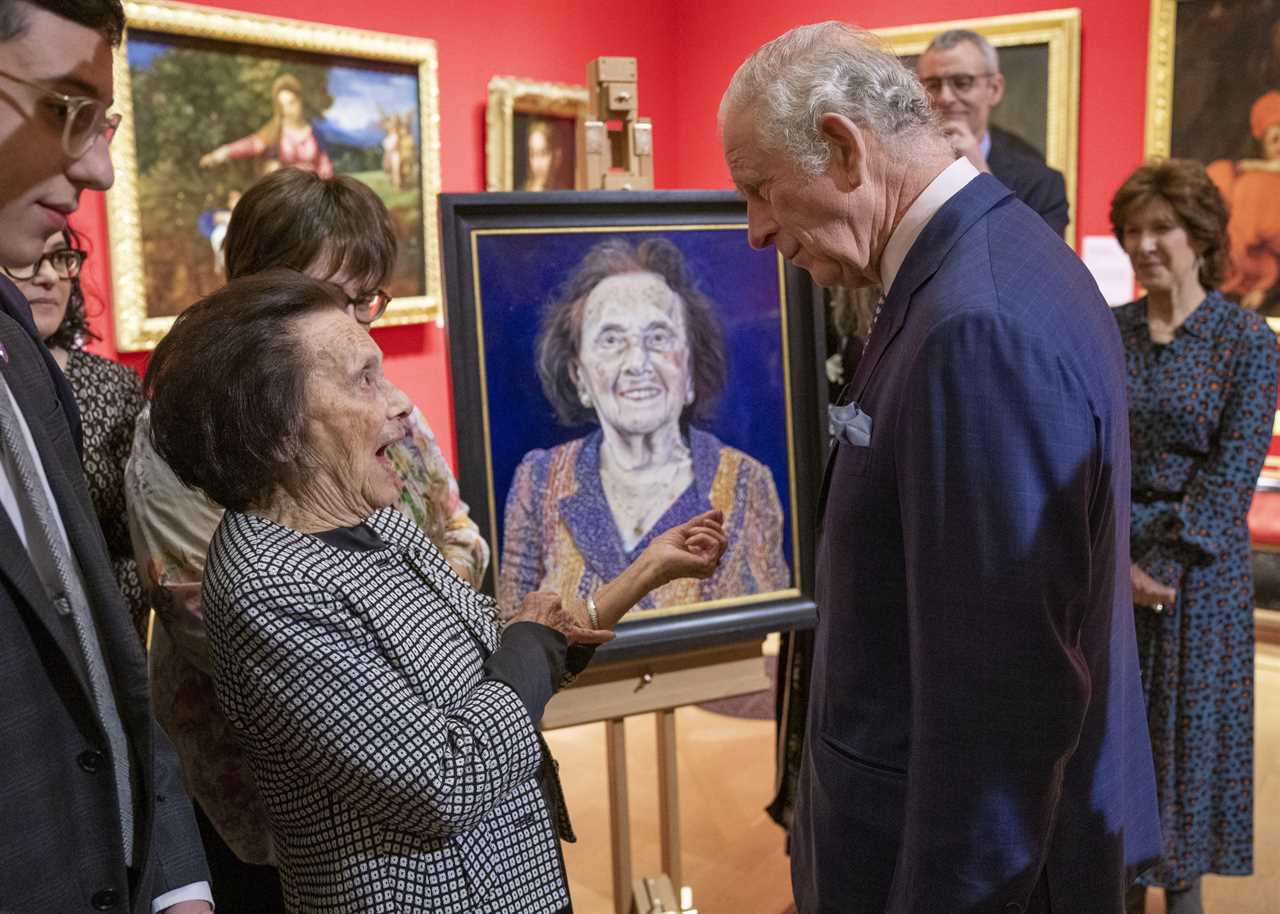
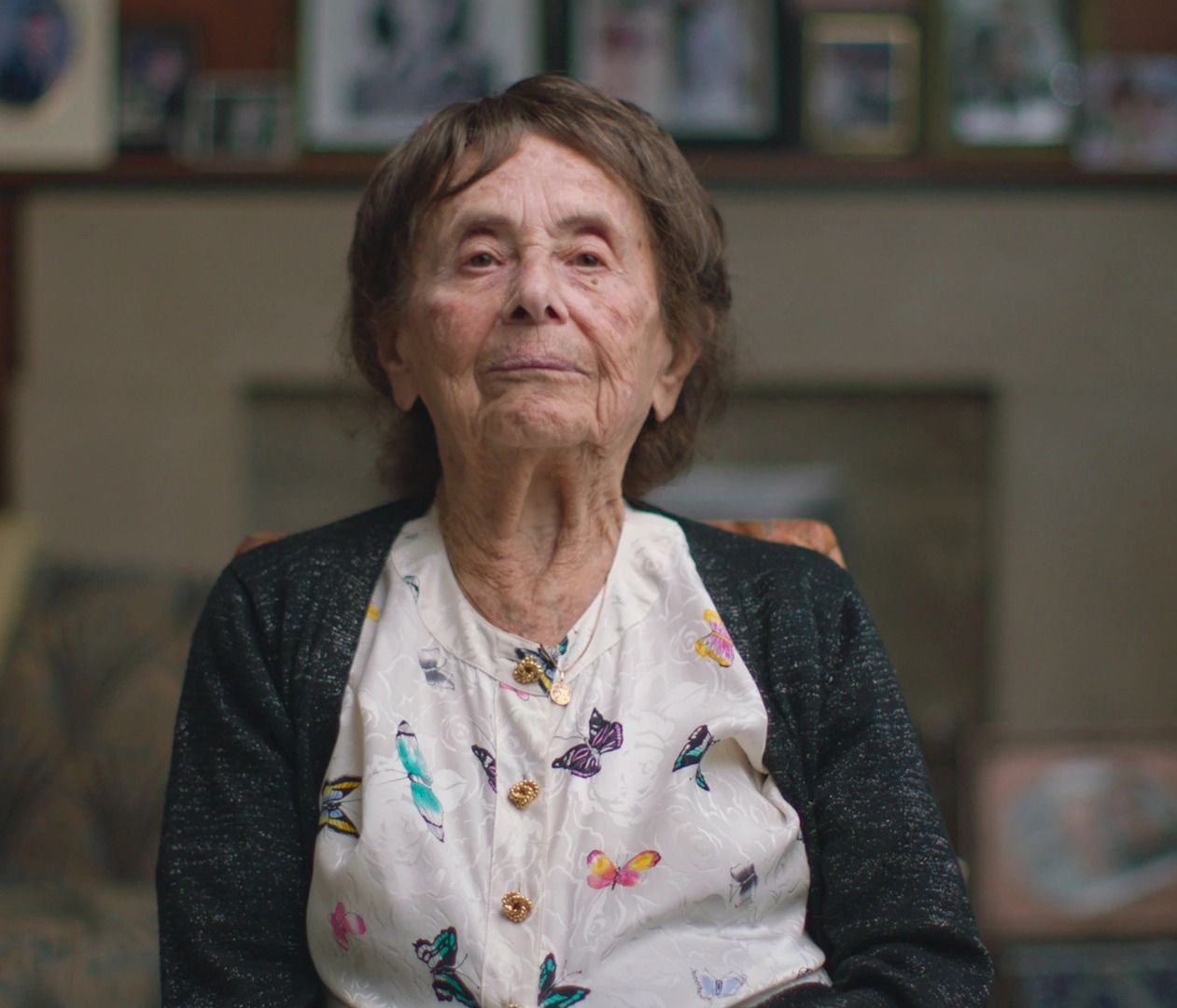
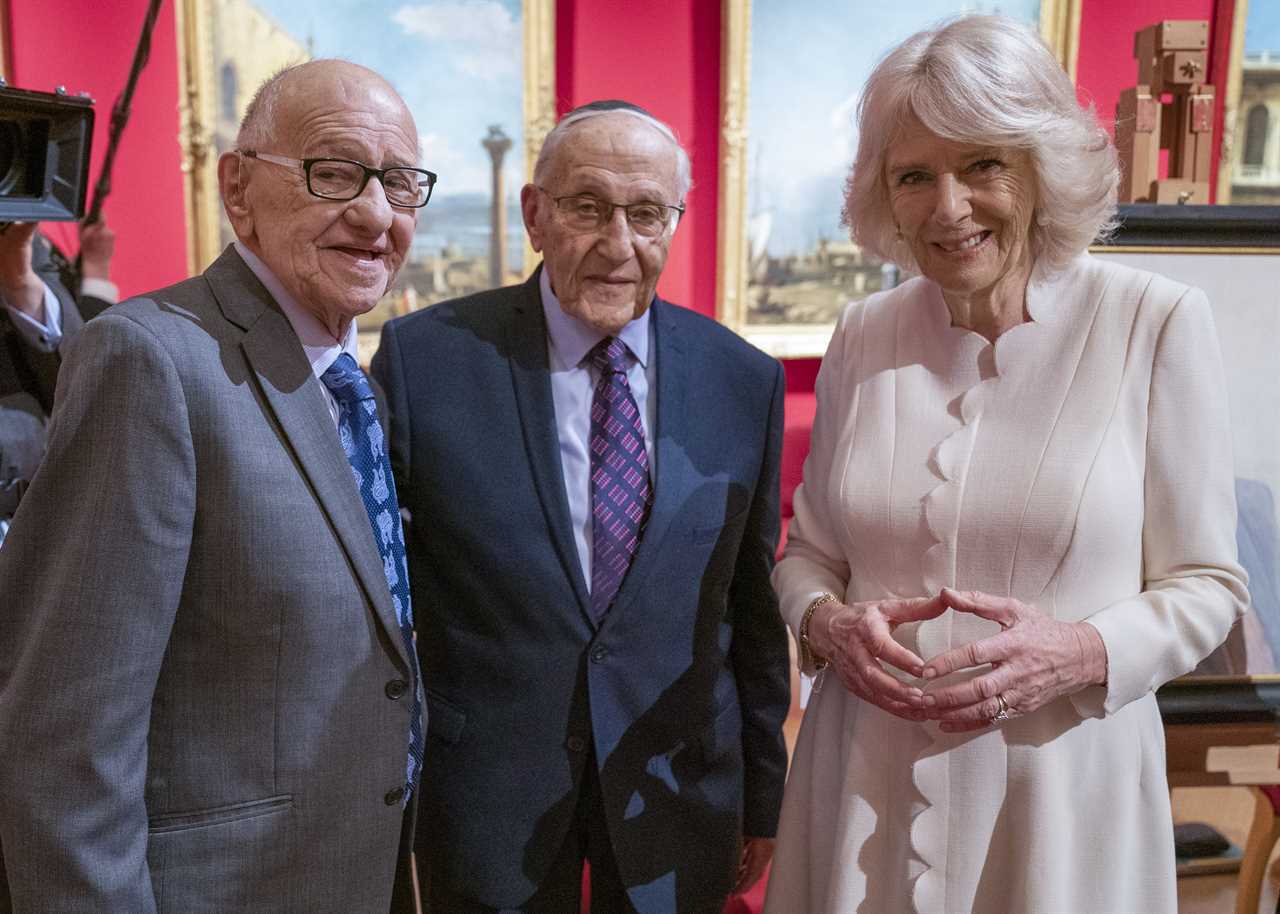
Her portrait shows her wearing a gold pendant of an angel, which is a pendant she managed to hide throughout her time in the Nazi concentration camp.
At the Queen’s Gallery, where the paintings are on display, she told the prince and wife Camilla how she hid it in her shoe and then in her daily ration of bread.
She said: “This necklace is very special. It went through Auschwitz and survived with me.
“Auschwitz took everything — even the golden teeth they took off people. But this survived.
“I put it in the heel of my shoe but the heel wore out so I put it in the piece of bread that we got to eat.
“I have worn my necklace every day since I survived.
“I was five years old when I got it from my mother.
“My mother did not survive. My little brother and little sister did not survive.”
When the family were taken to Auschwitz, Lily’s mother Nina, younger brother Bela and one sister Berta were immediately sent to the gas chambers.
Lily, then 20, and her two remaining sisters, Renee and Piri, were selected for the work camp, where they forced into hard labour.
Fewer than 500 survivors of Hitler’s death camps are still alive in Britain today.
Six million men, women and children lost their lives in the Nazi genocide, and Prince Charles has spent the last two years creating his tribute in their memory.
At the gallery Lily rolled up the sleeve of her jacket to show the future king the tattoo — A-10572 — the Germans branded on her left forearm.
The letter A stood for Auschwitz, 10 her block number and 572 her prisoner number.
Lily added to the prince: “Meeting you, it is for everyone who lost their lives.
A clearly emotional Charles leant forwards, clasped her shoulder and said: “But it is a greater privilege for me.”
The harrowing stories of the survivors in the portraits — commissioned from some of Britain’s best artists — will be told on a BBC2 documentary tonight.
In it, Charles says: “These remarkable people need to be remembered before they disappear from this life.
“It’s heart-rending really and you can’t believe they are as they are.
“Some of them are able to forgive, others say you must never hate. That takes an incredible degree of character.”
Two other survivors in the portraits are Zigi Shipper, 92, and Manfred Goldberg, 91.
They became friends as 14-years-olds amid the horrors of Stolp concentration camp near Gdansk in Poland.
Manfred said: “We were the only two youngsters still alive so we automatically drifted together in the camp.
“There is not a soul alive in the world that I have known longer than Zigi.”
Manfred, his mother and seven-year-old brother Herman were sent from the Jewish ghetto in Riga, Latvia, to the Stolp labour camp in August 1943.
Manfred and his mum were put to work repairing railway tracks bombed by the Allies while his little brother stayed in the camp with three other children.
He remembered: “One day, only weeks after we arrived at that camp, we returned from work and these children could not be found.
“Eventually the kitchen staff told us that during the day two SS men came into the camp and said they had orders to pick up these children and had taken them away.
“Such was life in the camps that there was no allowance for mourning or heartbreak.
“I can still hear my mother’s heart-breaking wails having lost her little boy.
“The next morning she and I had to go to work as if nothing had happened.
“My mother was a broken woman. I am the only person left in the world who even knows he even existed.”
A year later, as the Soviet army advanced, Manfred and his mother were sent to Stutthof concentration camp and he lost track of his friend Zigi.
From there, an already starving Manfred was sent with thousands of others on a death march from Stutthof to neighbouring Denmark.
Dressed in thin prison uniforms and clogs with no socks, many died along the way, shot for lagging behind.
Manfred said: “I had no idea whether my mother had been selected for the same death march.
“While we were marching I made my way through the column, slowly searching for my mother.
“While I was searching for her I stumbled into Zigi.
“We marched together and it was just as well because Zigi would not have made it.
“He already had typhus and he was ever so weak and he had to sit down.
“Anyone who trailed behind was shot mercilessly by the guards.
“There came a point where he said, ‘I cannot walk another step, I am going to lie down’.
“I said, ‘Zigi, if you do you will be shot’. As weak as I was I dragged him to keep him alive.”
Suddenly, on May 3, 1945, their captors fled.
Both Zigi and Manfred found their way to the UK, where they have lived for nearly 80 years.
Manfred said: “It’s been 75 years of our lives and I still think we are so fortunate to spend our lives in complete freedom in the best country in the world.”
- Survivors: Portraits Of The Holocaust is on BBC2 tonight at 9pm.
- The seven survivors’ portraits are at The Queen’s Gallery, Buckingham Palace, until February 13 and then the Palace of Holyroodhouse, Edinburgh.
